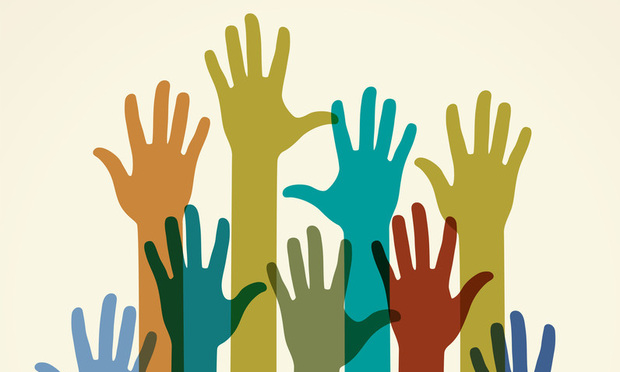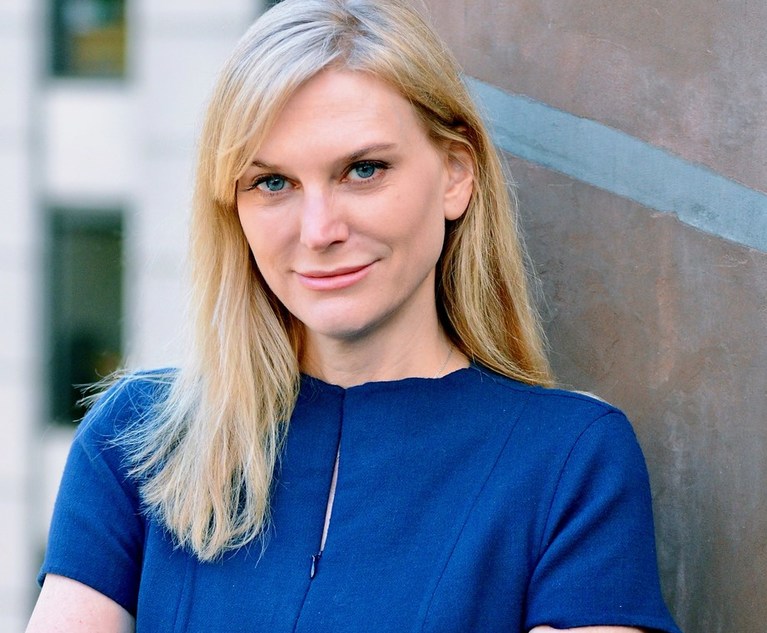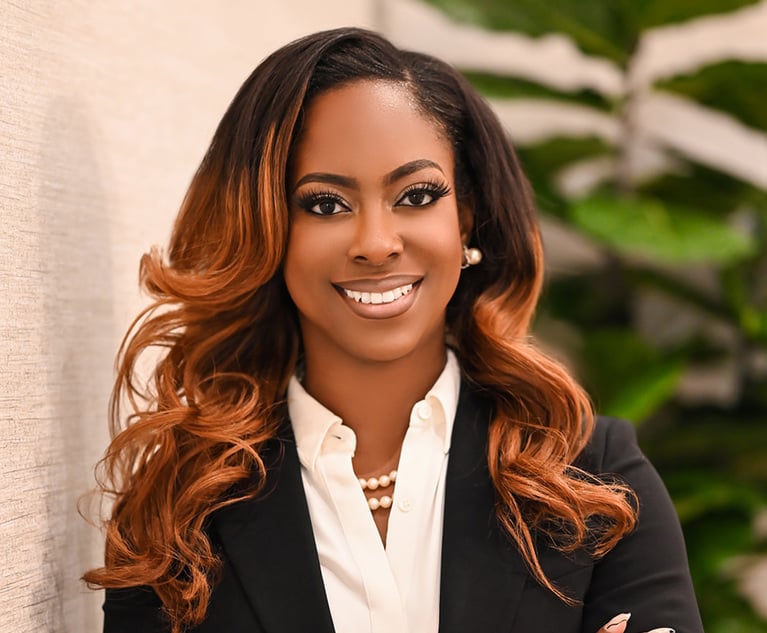Over the past two decades, the legal industry has talked a lot about diversity yet accomplished little. A key reason for this is that diversity by itself isn’t enough. Instead, organizations need to focus on the broader concept of diversity plus inclusion.
What’s the difference between diversity and inclusion? Diversity involves hiring people from different backgrounds across the entire diversity spectrum: women, people of color, people on the LGBTQI spectrum, and veterans. That’s a critical first step, but those people also need to be included in the day-to-day operations of the legal department. They need to have a seat at the table and a chance to contribute in meaningful ways. After all, a benefit arising from organizational diversity is the resulting different perspectives and opinions to a given challenge. If the diverse workforce isn’t directly involved—for example, if they’re left out of meaningful assignments, or they don’t get a chance to speak up during meetings—nothing really changes. One way to think about it is that diversity is like getting invited to join the team but inclusion is getting the chance to play. While it might appear the industry is becoming more diverse, there are still far too many diverse players getting benched.







